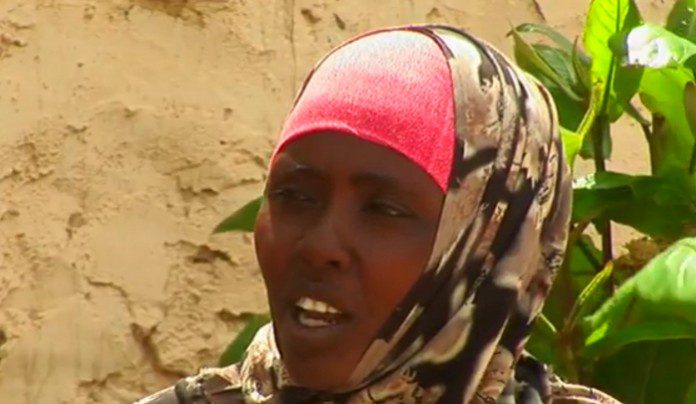The county of Somalia belongs to the five least developed 170 countries included in the 2012 Human Development Index list. Although two regions, Somaliland and Puntland are better off than the rest of regions, in terms of socio economic conditions, about 43% of the population of Somalia is living below the poverty line.
Somalia Poverty Rate Statistics
1. Several factors that are attributed to the increasing poverty in Somalia are the lack of an active central government, civil unrest and the natural calamities that have befallen the nation for years. Moreover, the overthrowing of the government in January 1991 that was followed by the civil outbreak aggravated the condition of poverty and suffering of the Somalis.
2. The percentage of youth unemployment has reached up to 67 and is one of the highest in the world while around 70% of the population is under the age of 30.
3. According to development indicators, one out of every seven children in Somalia dies even before reaching the age of one while one out of eighteen women will not survive in childbirth. Also, the number of people who have access to potable water is just two out of six.
4. Poverty is also one of the reasons why there is a problem of lack of education among family members who are poor.
5. In 2011, around 250,000 people living in Southern Somalia perished from famine and this was the first instance where famine was announced in the Horn of the Africa region in almost three decades.
6. The conflicts and instability of Somalia for more than twenty years which worsened the poverty have also resulted to the displacement of approximately 1.1 million people who ended up in refugee camps in other parts of the world.
7. High malnutrition is a chronic problem in Somalia in which one in every eight children who is below five years old are suffering from acute malnutrition. With the nutrition programs started by the World Food Programme (WFP), pregnant women, breastfeeding mothers and malnourished children are given aid.
8. Life expectancy in Somalia is 51 years as opposed to the 47 years in 2001.
9. In a report made by UNICEF, nearly 4 million from the 12 million or at least a third of the population needed emergency food assistance while around two million struggled to meet the basic nutrition requirements.
10. Mogadishu, the capital of Somalia, had its first functional bank in the country under a female governor. She became the governor of the First Somali Bank.
11. According to UNICEF, children between the ages of seven and sixteen, numbering to at least 5,000 and who are mostly boys, live in the streets and in abandoned buildings. These children have been exposed to drugs, abuse and sexual violence.
12. With the humanitarian efforts of agencies and the increase of harvest, famine in Somalia officially ended in February 2012 and the food security and nutrition situation has continuously improved in the first six months of 2013. There is an indication that the situation will continue to be better.
While Somalia, especially in the Southern part, still lives in poverty, the growing awareness of poverty and the aid of humanitarian agencies will be a big help to improve the lives of the people in Somalia.
Crystal Lombardo is a contributing editor for Vision Launch. Crystal is a seasoned writer and researcher with over 10 years of experience. She has been an editor of three popular blogs that each have had over 500,000 monthly readers.


















